Why Fairytales for Professional Development?
I haven’t posted for quite a while, but it is not because I haven’t been thinking and writing about resilience, and Story, and the impact that substance use disorder has on young children. My journey for the past 18 months has been along the long and often dusty, desolate road of Dissertation, and it is only now, when the end glitters in the distance like sunshine on a magic crystal, that I think I can come back to this project of the heart.
I have learned so much, and am eager to start sharing some of the specific ways that fairytales resonate with the “ordinary magic” of the protective factors of resilience (as Dr. Ann Masten describes them). But first: why fairytales? What on earth do they have to do with kids living with substance use disorder and how the pickle do I expect these ancient tales of magic to help teachers???
I recently recalled for the first time in years a comment that one of my constructivist heroes, the late, great Dr. Harry Wachs, said to me when I told him that I wanted to use Kohlberg’s moral dilemmas with the adjudicated teens that I was working with: “But Stephanie: they will be able to see right through that…and tell you what they think you want to hear, rather than what they believe.” That set me off on a quest that resulted in using fairytales to discuss moral judgment and reasoning with these adolescents, all of whom had displayed questionable judgment, or they wouldn’t have been in residential treatment.
I believe that teachers (and all of us) are often stuck in our preconceptions of what is “right” or “appropriate” etc. and that fairytales offer a degree of separation that helps us to dig into our own prejudices, without fear of censure when we are being genuine. Social equity work of ALL kinds requires exactly this: it is a challenge to achieve that self-awareness and clarity without raising defenses.
We can all laugh at Jack being a smart aleck, and cheer when Beauty ignores her father’s edicts, or do fist pumps when Hansel and Gretel trick their parents…but when these children are in our classrooms, we call out their “challenging behaviors” without taking into consideration the context of the child’s life, or the characteristics of resilience that they are demonstrating. Hopefully, raising teacher awareness about the impact of SUD, as well as the “ordinary magic” of resilience, in a way that is playful and accessible, will help them better meet the needs of the children they work with.

